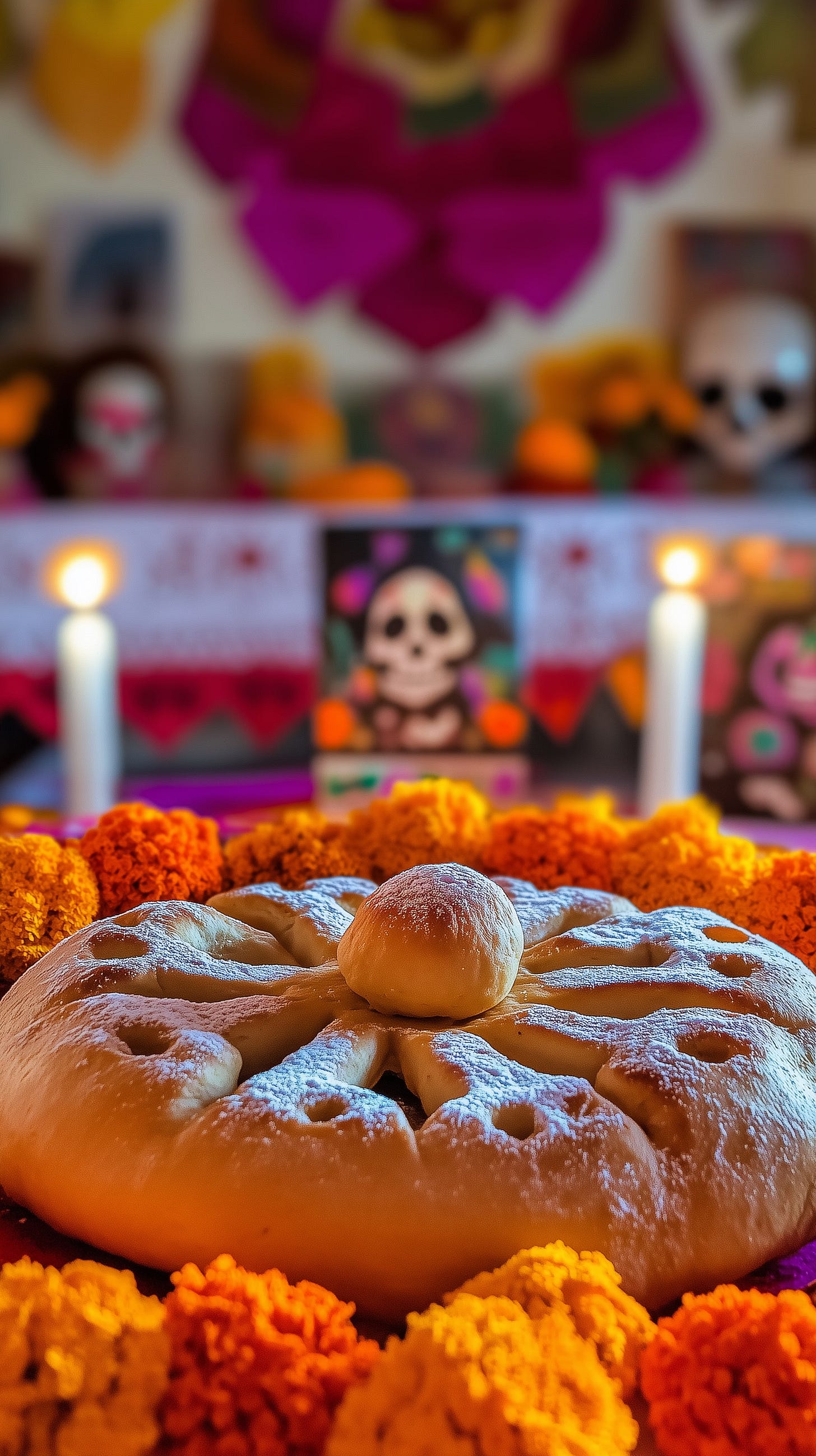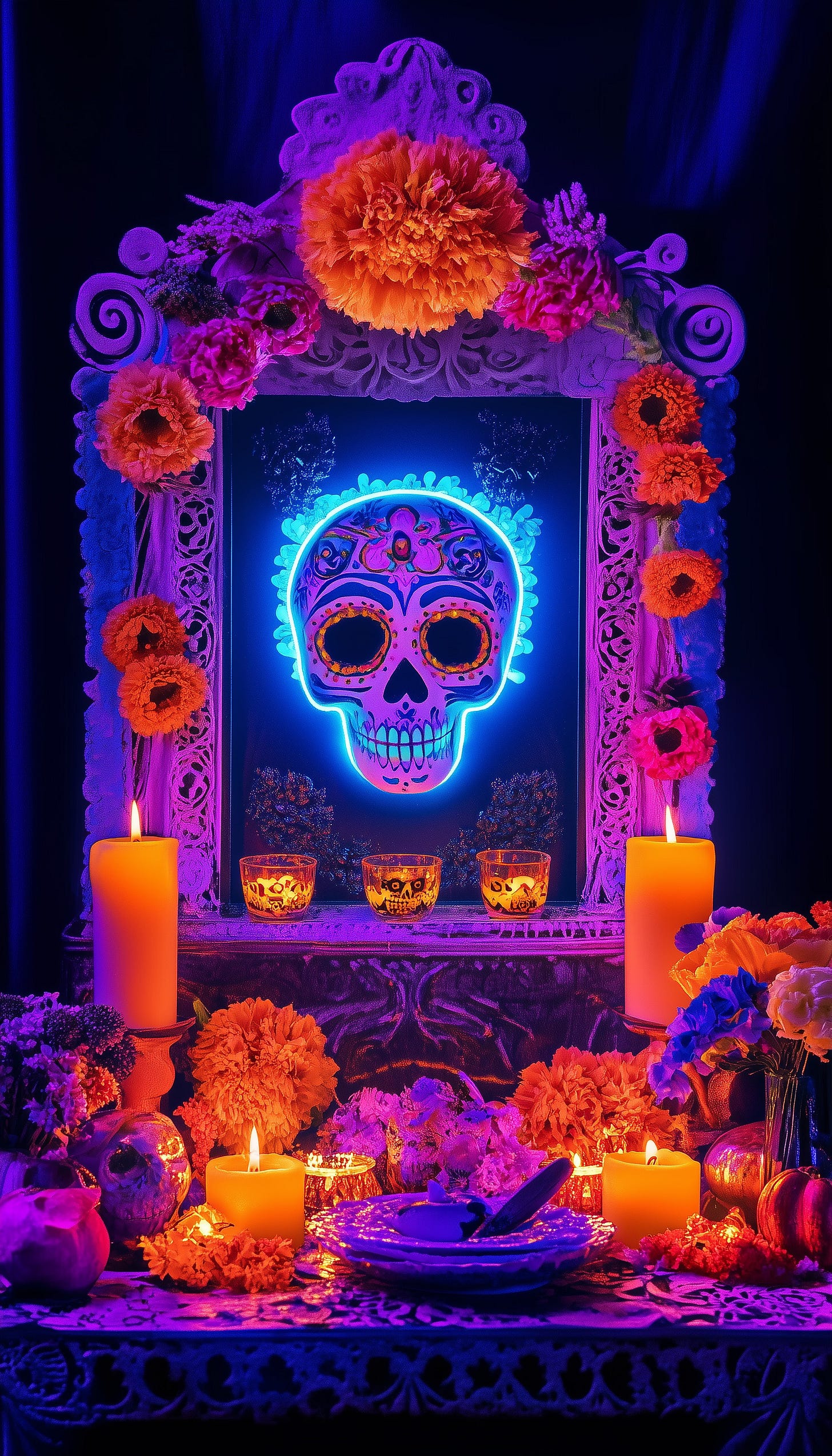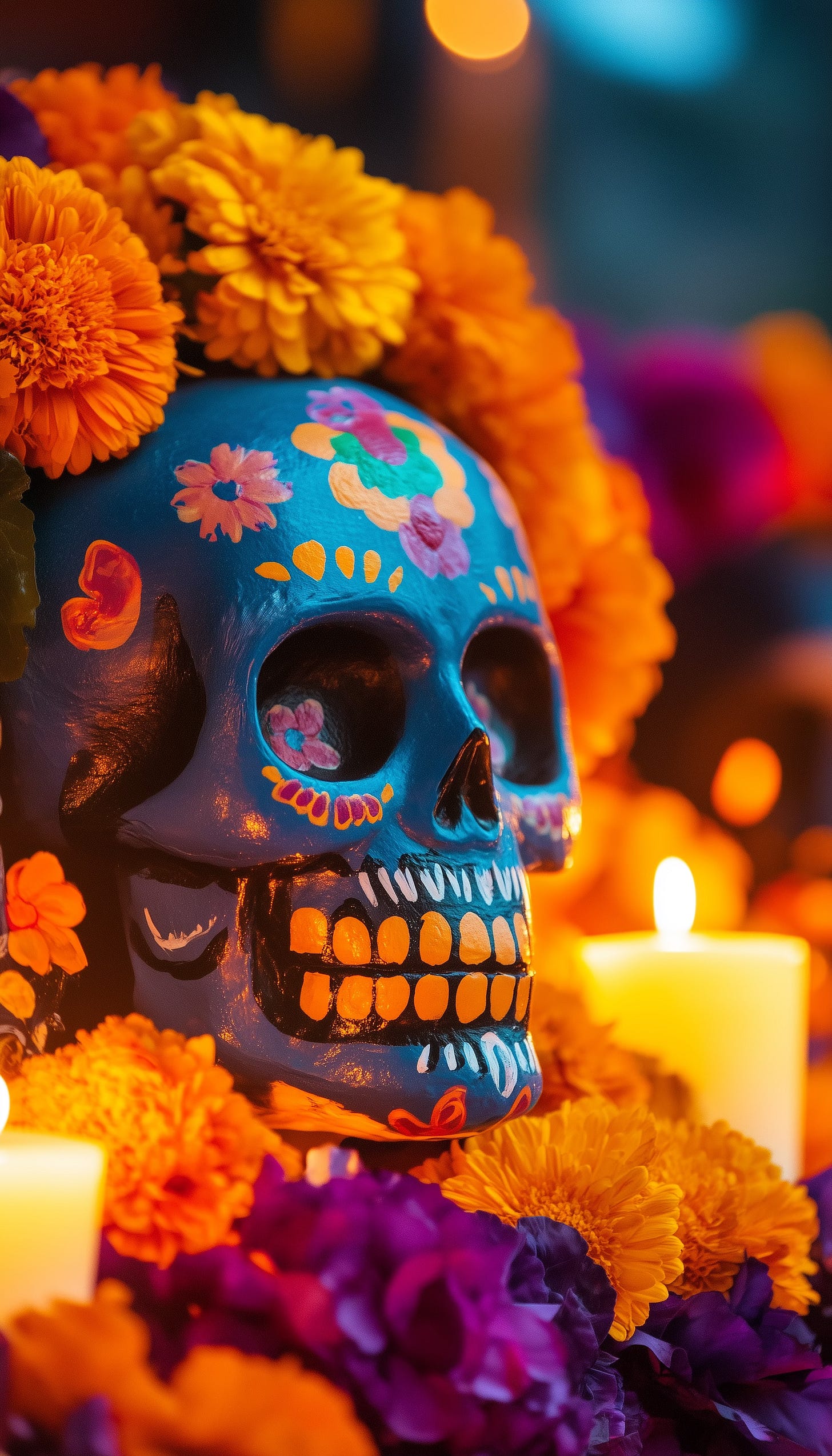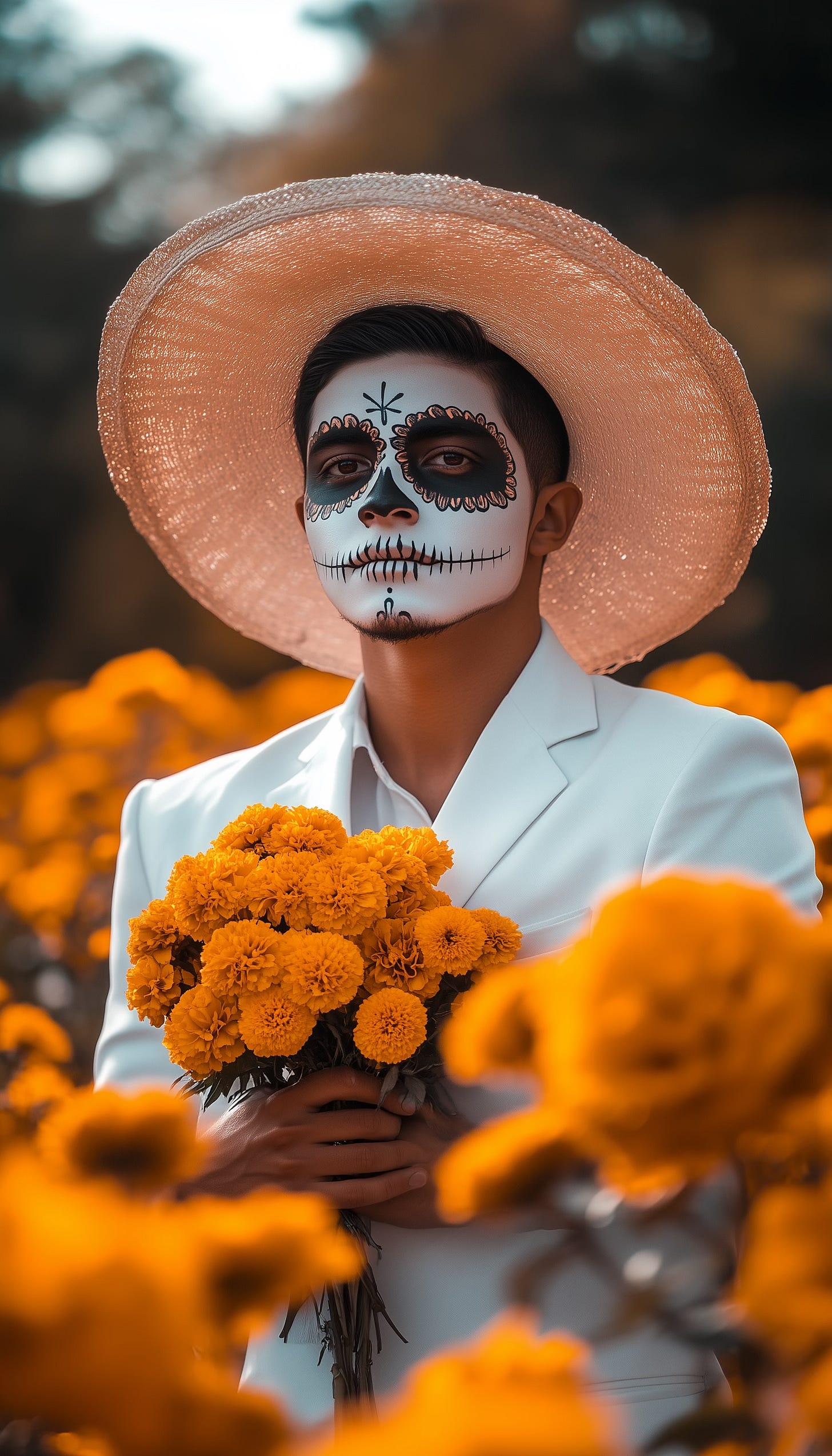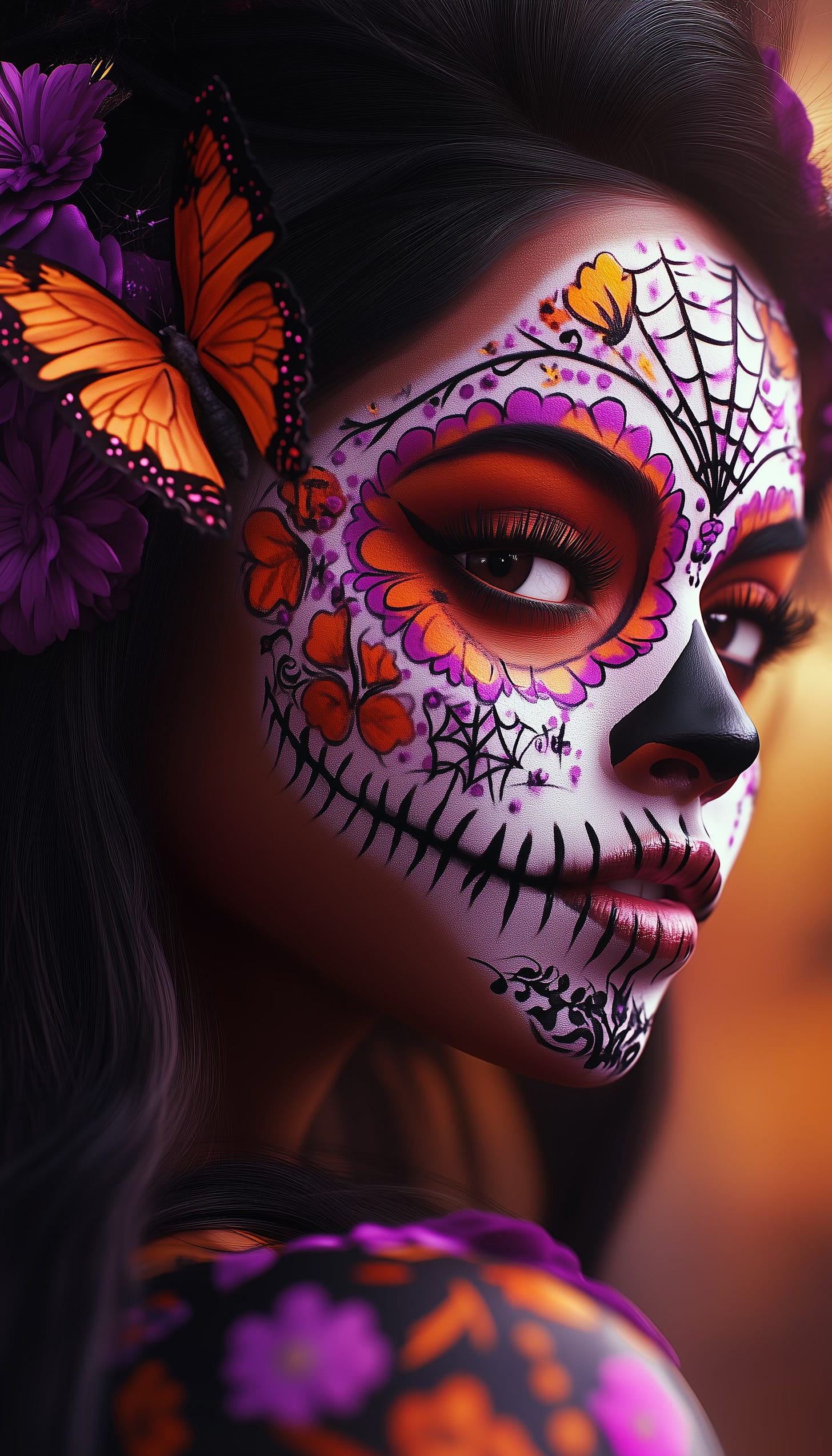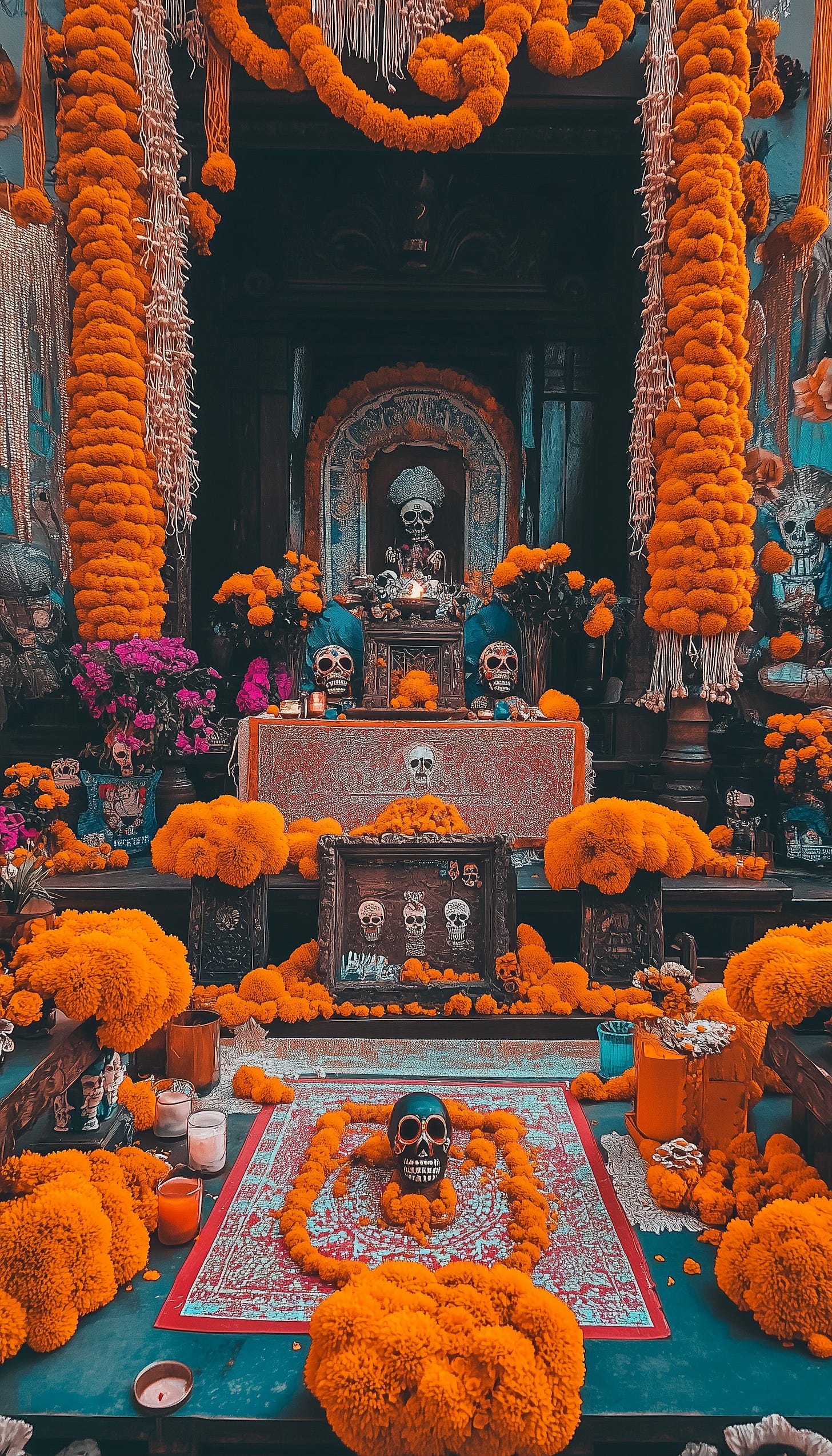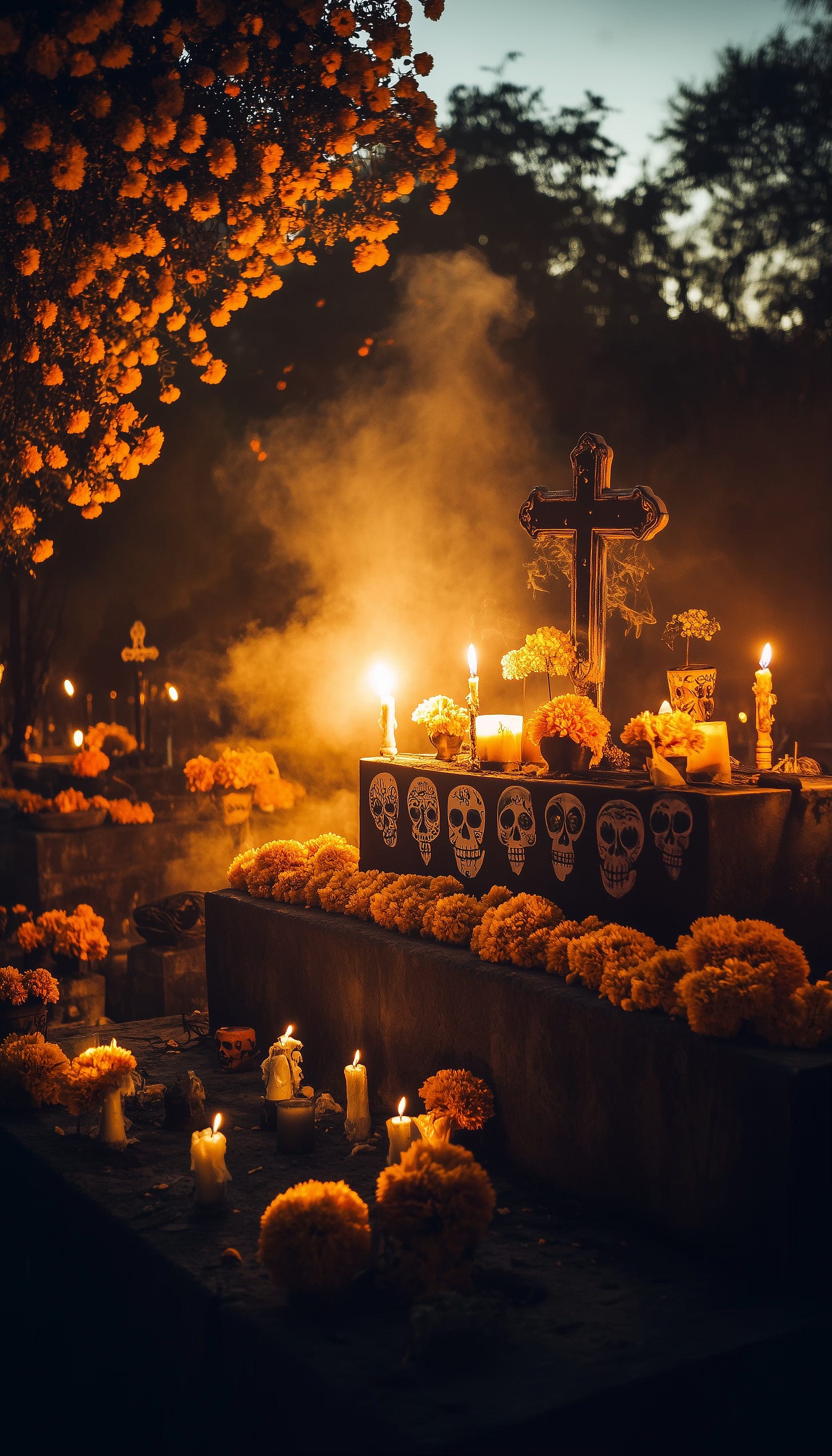Today marks Día de los Muertos, or Day of the Dead—a holiday rich with cultural significance, deep symbolism, and vibrant celebrations. Rooted in ancient Mexican traditions, this unique holiday is a joyful remembrance of loved ones who have passed, combining indigenous beliefs with elements of Catholicism. Celebrated primarily in Mexico, but also by many Latin American communities and others worldwide, Día de los Muertos has become a symbol of cultural unity, family connection, and spiritual reverence. Here are five ways that Day of the Dead brings benefits to those who celebrate:
1. Historical and Cultural Connection
Día de los Muertos is a celebration that dates back thousands of years, with origins in Aztec and other pre-Columbian cultures, where death was seen as a natural continuation of life. After Spanish colonization, Catholic traditions blended with indigenous beliefs, creating the holiday we know today. Honoring these roots, the holiday allows people to connect with ancient traditions, creating a sense of continuity and shared identity. The celebration has now spread beyond Mexico, observed by cultures across the Americas and the world, making it a powerful symbol of cultural resilience.
2. Healing and Connection Through Rituals
Common practices of Día de los Muertos include building altars (ofrendas) decorated with candles, marigolds, and photos of the deceased. Families gather to share stories, favorite foods, and memories of their loved ones, creating a communal sense of healing and continuity. This ritual of remembrance strengthens family ties, offering a space to honor the past and embrace the future. Calaveras (decorative sugar skulls) and La Catrina skeleton figures symbolize the cycle of life and death in a way that feels playful, lighthearted, and deeply respectful.
3. Celebrating Life and Legacy Across Cultures
While Día de los Muertos is traditionally Mexican, its themes of remembrance and reverence for ancestors resonate worldwide. Many cultures celebrate in unique ways, from the "Tutti i Santi" (All Saints’ Day) in Italy to "Obon" in Japan, all sharing a respect for loved ones who have passed. The holiday has become a bridge between cultures, bringing people together and creating opportunities for cultural exchange, empathy, and understanding. Even in the U.S., Día de los Muertos celebrations have grown, offering an inclusive way to honor life’s fragility and interconnectedness.
4. Symbolism of Renewal and the Afterlife
The colorful marigolds, known as cempasúchil, are believed to guide spirits back to the world of the living, while the intricate papel picado (decorative paper cut-outs) represents the fragility of life. These symbols, along with the sugar skulls and candles, help remind us of life's transient nature and that death is simply part of a larger cycle. In some circles, conspiracy theories have emerged around the holiday’s spiritual aspects, claiming that rituals open pathways to the spiritual realm. While this is largely unfounded, it adds an intriguing layer to the symbolic significance, emphasizing the mystery surrounding life and death.
5. Building a Community of Shared Memory and Celebration
Día de los Muertos offers people a chance to build community and share their heritage with others. Parades, face painting, and feasting create a communal celebration that invites others to participate and learn. The holiday brings families and communities together in a positive, uplifting way that contrasts with traditional mourning, reframing death as a joyful transition rather than an ending. This communal celebration of memory can be deeply healing, offering space for everyone to reflect on their loved ones and celebrate their legacies.
A Recipe for Día de los Muertos: Pan de Muerto
One traditional recipe that adds a sweet touch to Day of the Dead festivities is Pan de Muerto, a lightly sweetened, citrusy bread often flavored with orange zest and anise. Here’s a simple version:
Pan de Muerto Recipe
Ingredients:
4 cups flour
1/2 cup sugar
2 teaspoons anise seeds
1/2 teaspoon salt
2 packets active dry yeast
1/4 cup warm water
1/2 cup milk
1/2 cup butter
1 teaspoon orange zest
4 eggs
Instructions:
In a small bowl, dissolve yeast in warm water.
In a saucepan, warm the milk, butter, and orange zest. Let it cool slightly.
In a large bowl, combine flour, sugar, anise seeds, and salt. Add the milk mixture and yeast mixture, mixing until combined.
Add eggs one at a time, mixing well after each addition. Knead dough until smooth and elastic.
Cover dough and let it rise in a warm place until it doubles in size (about 2 hours).
Punch down the dough and shape it into a round loaf, adding “bones” on top using small pieces of dough to symbolize ancestors.
Let it rise again for about 1 hour, then bake at 350°F for 30-35 minutes or until golden.
Optional: Brush with melted butter and sprinkle with sugar before serving.
Enjoying Pan de Muerto is a delicious way to honor Día de los Muertos, bringing warmth, tradition, and a sense of connection to the celebration. By celebrating this holiday, we embrace life, honor the past, and cultivate an appreciation for our loved ones and our shared history.





